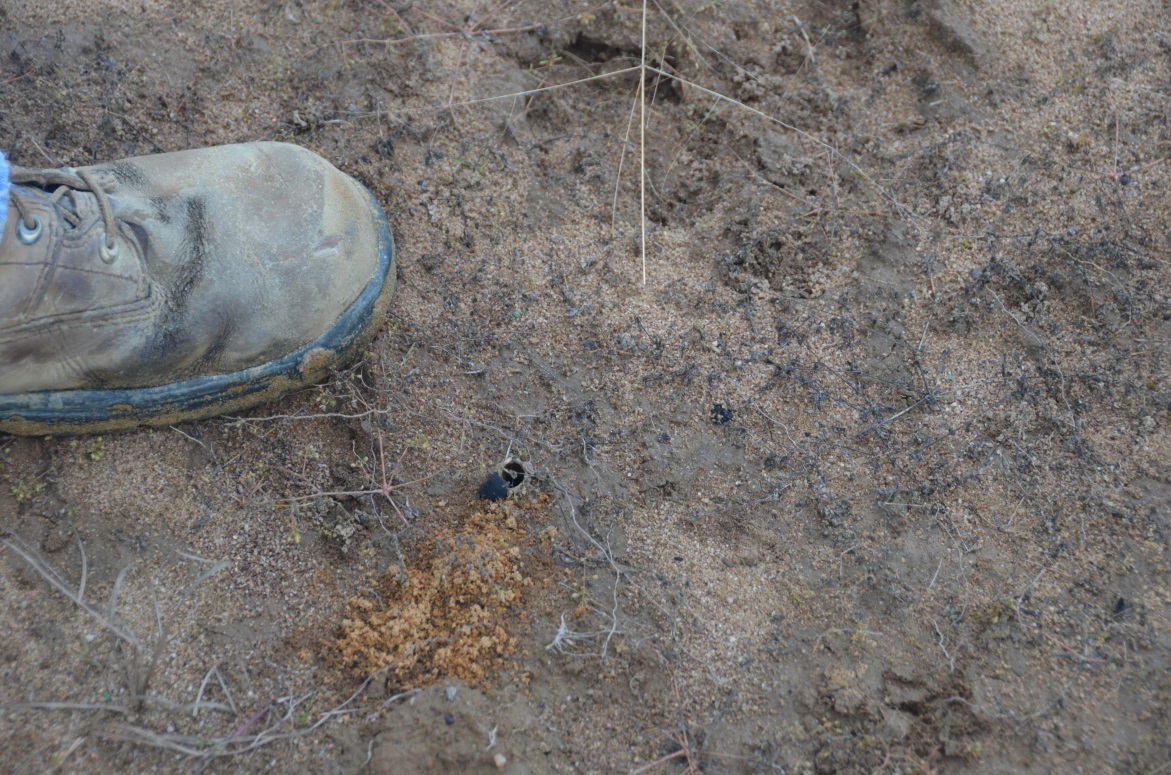Date: November 26, 2014
News - Busy as a Bee
A Chaney mine site is normally a hive of activity, but one man’s experiment is a adding quite a bit more activity just below the surface. Retired sand and gravel mine sites are the perfect ecosystem for some long-lost species of bees and other insects. That’s according to Sam Droege from the US Geological Survey (USGS) who is piloting a small experiment at Chaney Enterprises Riddle mine site in Harwood, MD.
Typically in our mining process, the trees and over-burden are cleared for mining activity. Trees and vegetation are replanted as part of the reclaiming process, returning the land to an equivalent state in accordance with government regulations. Droege actually thinks that might be the less natural thing to do. Droege explains that a few hundred years ago, our area had significantly less trees and there are several insect species that crave the old landscape. The naturally occurring deep sand, left uncovered as a micro-desert, is a natural habitat that was once common in the sandy regions of Maryland.
A portion of our Riddle mine site was prepared and set aside to recreate the long-lost landscape of a few hundred years ago and then we waited. Sure enough, and through the magic of nature, these species found their way to the newly created home. This is exciting to see native species return and this study may change how we look at reclamation of sand and gravel mine sites in Maryland.

A male lasioglossum sopinci found in the experiment area.